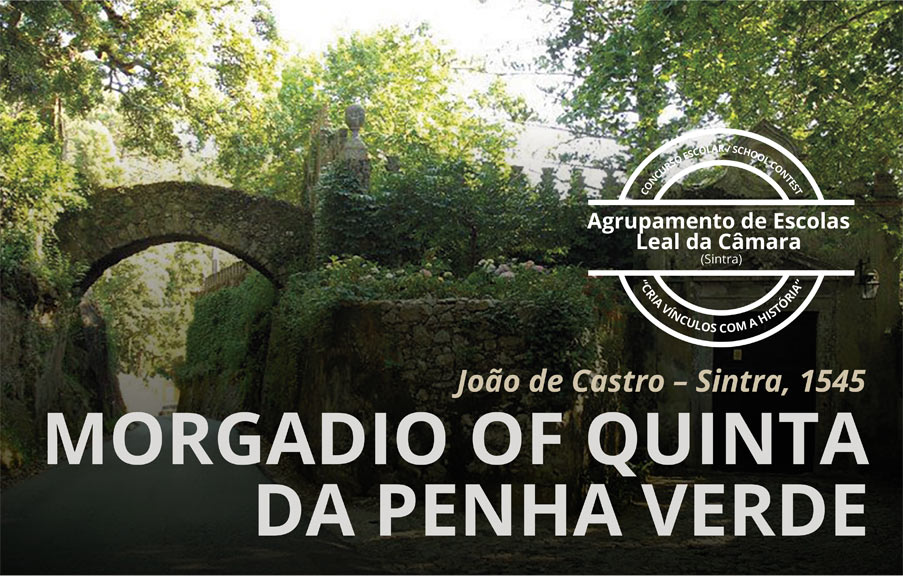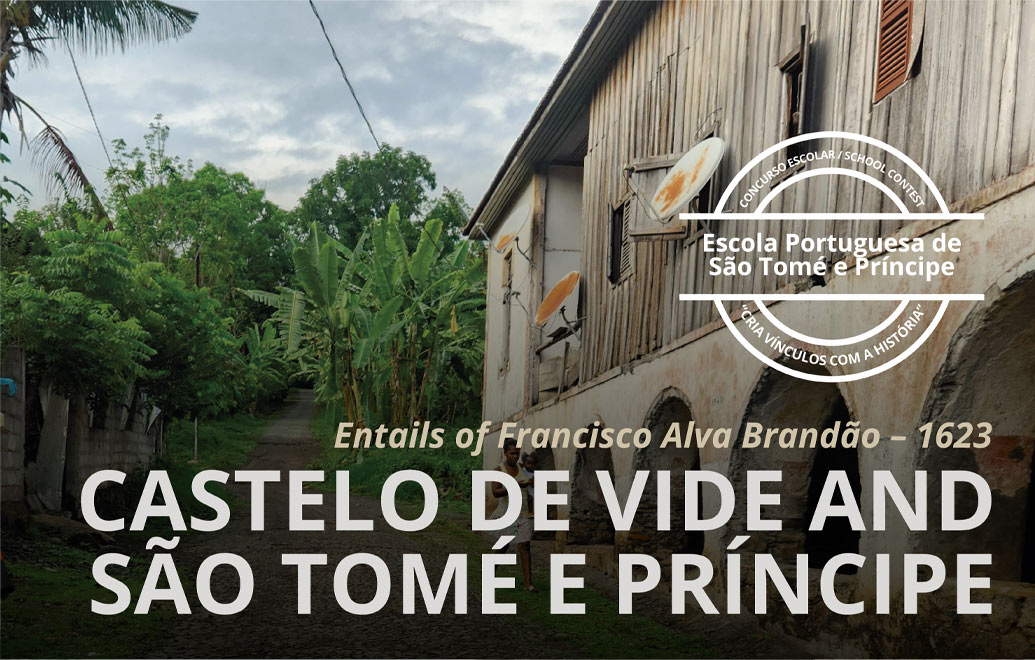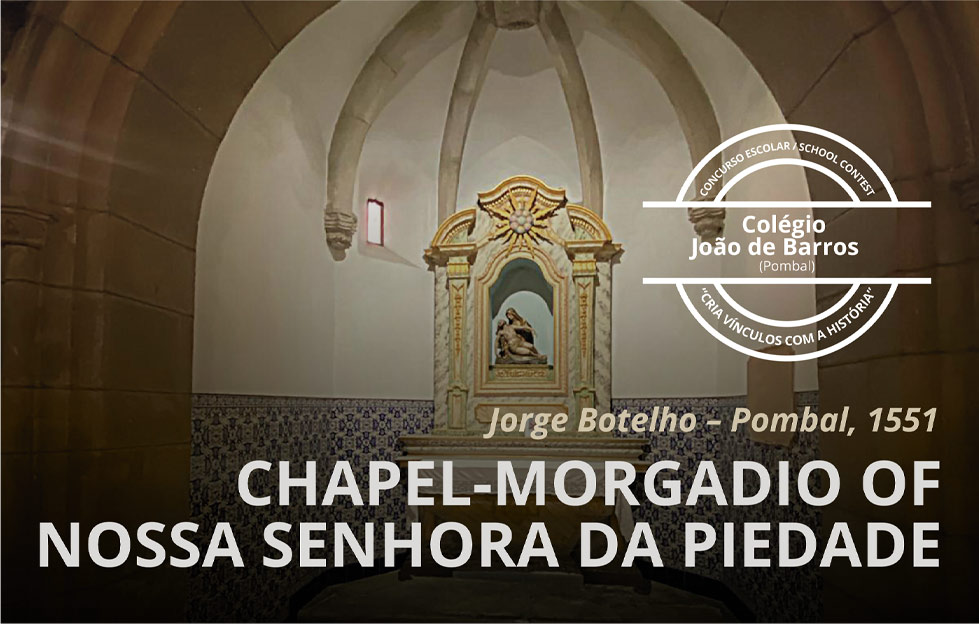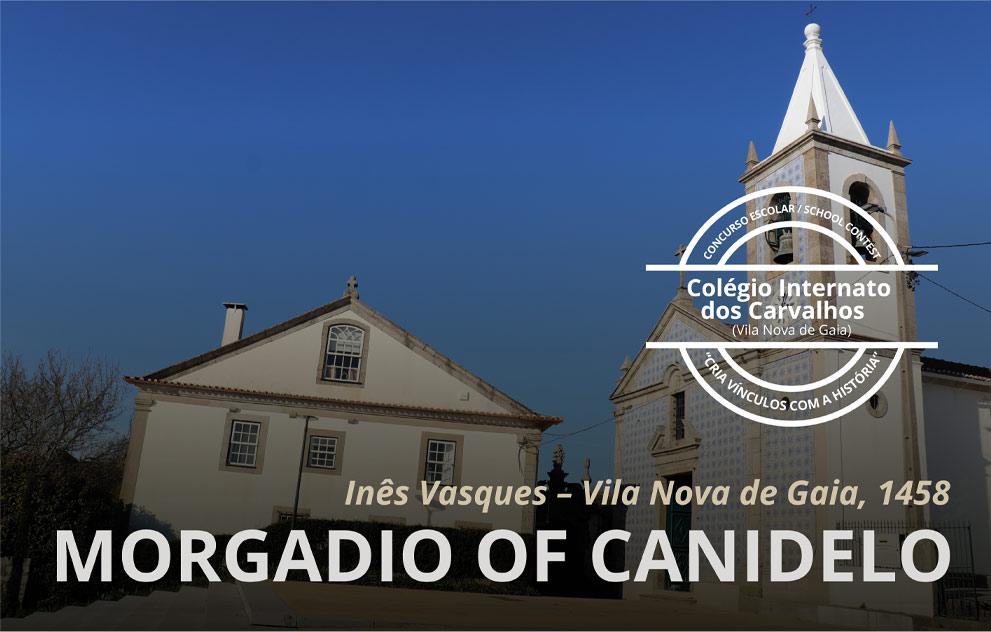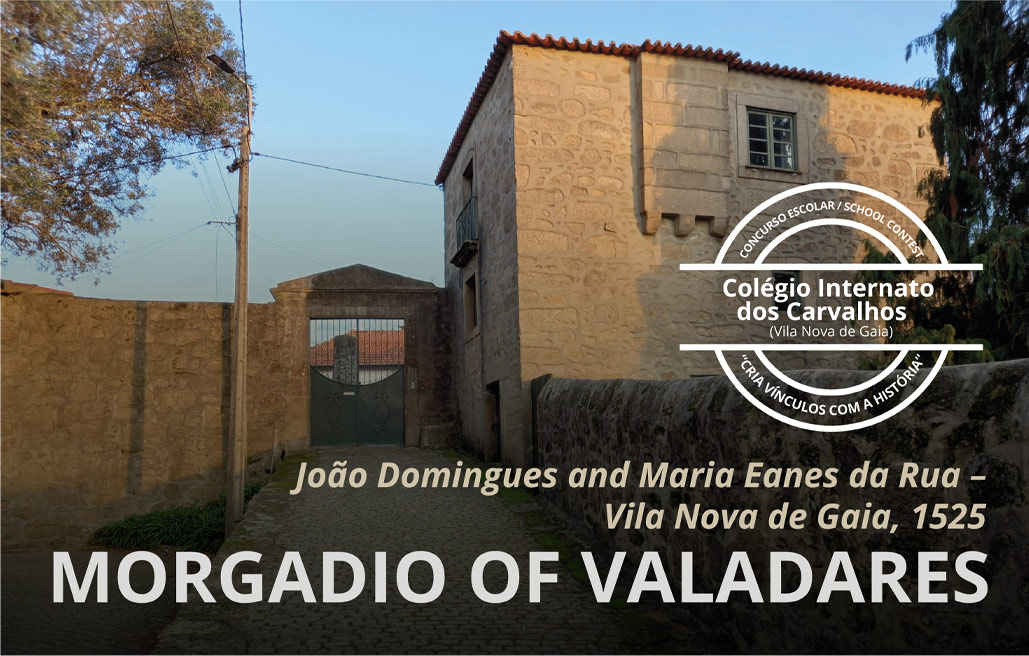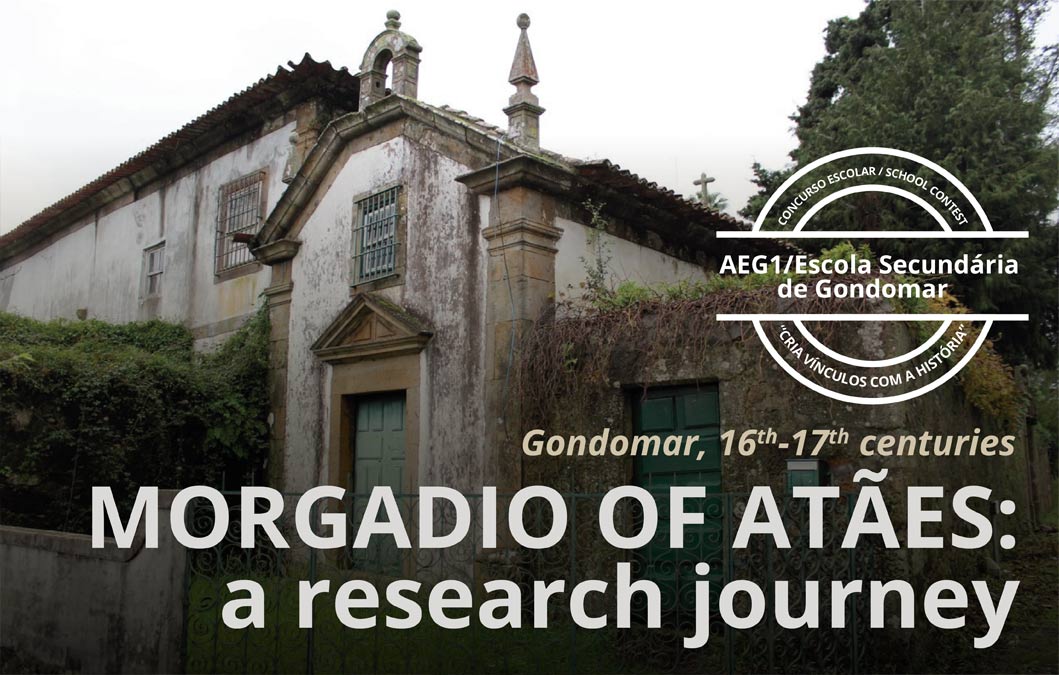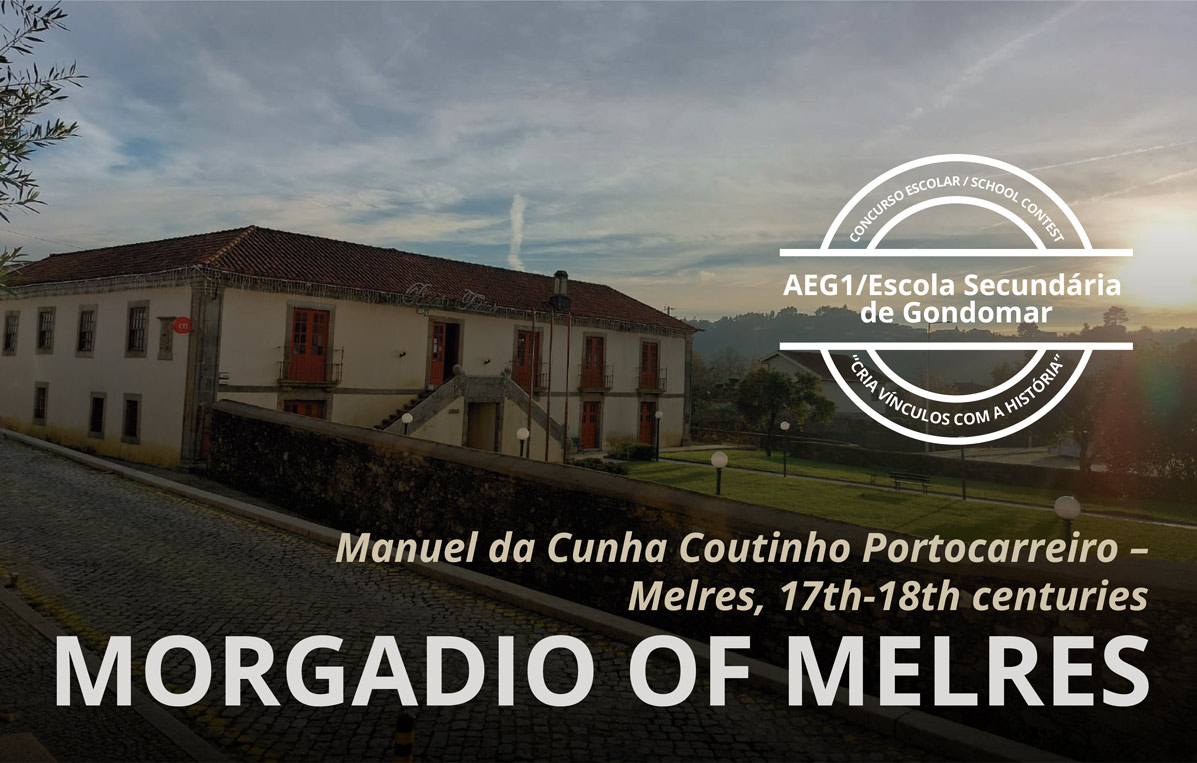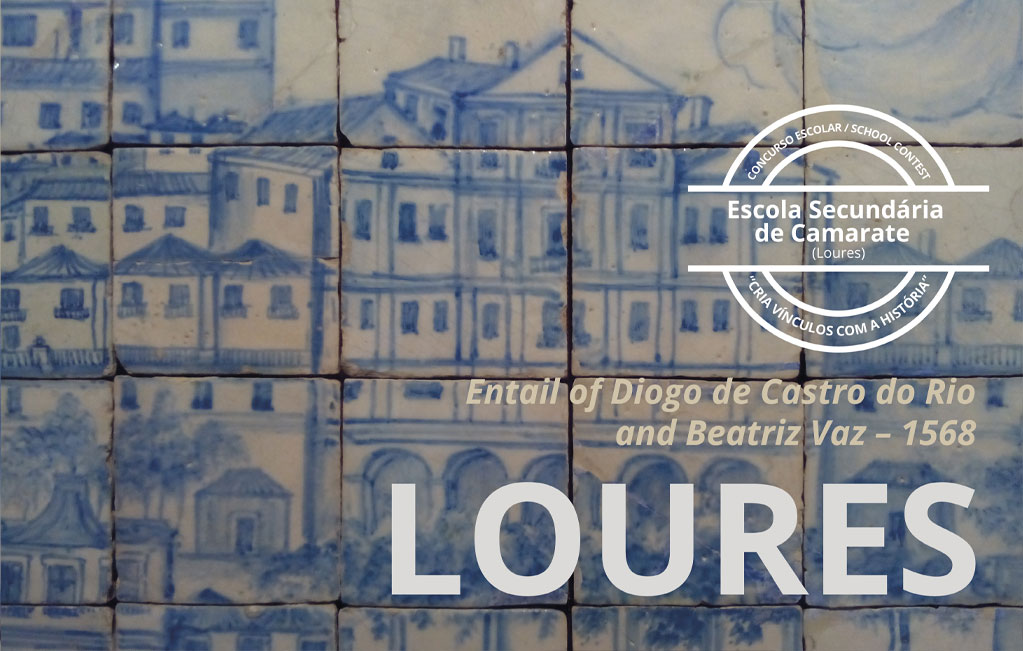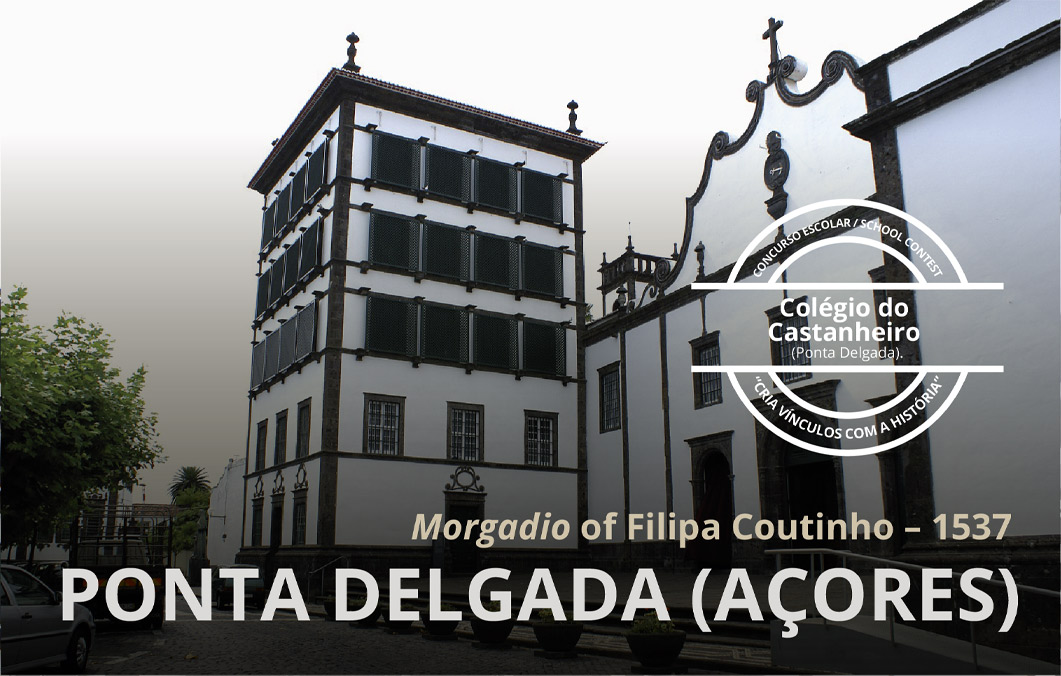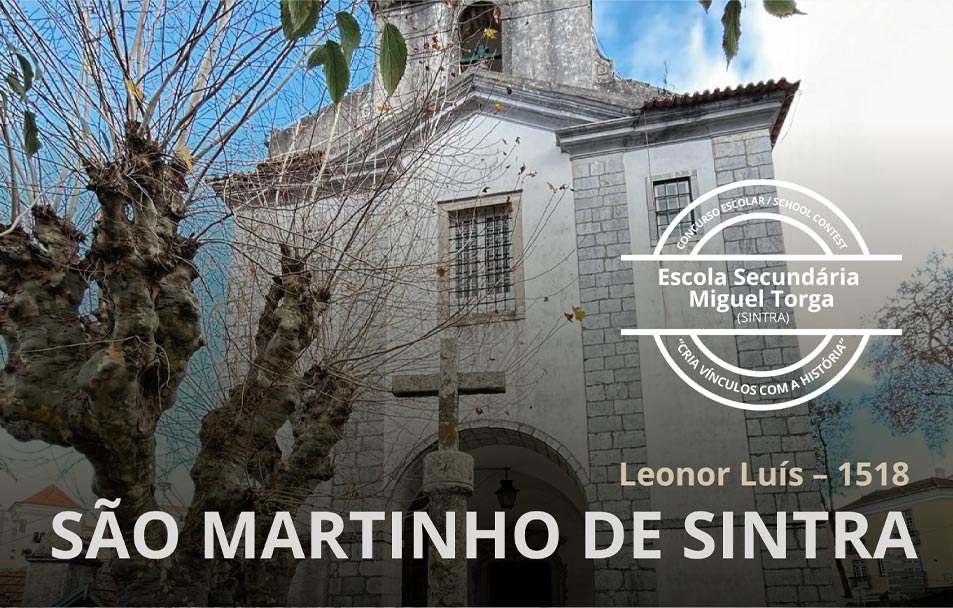Entail of the month (August, 2021)
Morgadio of Caniço, by Álvaro de Ornelas and Constança de Mendonça
Island of Madeira, 1499
The Island of Madeira “was one of the Portuguese lands where the greatest number of entails existed and were developed” (NASCIMENTO, 1935). Entails were part of the insular life since the last quarter of the fifteenth century. Navigation off the Atlantic coast before this period had become increasingly frequent, which gave the islands prominence, which was seen as “crucial for the success of oceanic navigation and the affirmation of Portugal as a power” (COSTA (coord.), 2014, pp. 41-42). This context, relevant for the Portuguese Crown and its subjects, would also reflect the nobility’s social reconfiguration, for climbing socially on the back of military feats of arms performed in the Iberian Peninsula was no longer possible. The solution found to provide the first settlers of Madeira with agricultural properties was the sesmarias (land grants). Shortly afterwards, these gave rise to the first entails to be established in the Atlantic islands. These entails were founded not only by “people noble by blood” but also by “manual labourers and rustics” (NASCIMENTO, 1935).
This was the background to the coming to Madeira of Álvaro de Ornelas, “the Great”. Head of his family branch and a member of the household of Prince Henrique (Henry, the Navigator), with whom he explored and fought on the African coast (BARROS; COUTO, 1778, p. 86), he became one of the first settlers of Madeira, having received a vast sesmaria territory which extended from the “Garajau to the Porto Novo rivers, from the sea to the mountains” (As Saudades da Terra…, 1873, p. 528). In fact, his incursions along the African coast and other Atlantic islands are the reason behind the introduction of two mermaids as charges in his coat of arms, around a bend. This, along with other elements, made the coat of arms distinct from the original version borne by the Ornelas. King Manuel I would later confirm the use of the revamped coat of arms to Álvaro de Ornelas’ eldest son (FREIRE, 1921, p. 382; FERREIRA, 1998, p. 15). The family of Álvaro de Ornelas, the Great, originated from Torre de Dornelas and Quinta do Outeiro in São Salvador de Entre Homem and Cávado (today, in the municipality of Amares). The family is mentioned in the genealogy book named Livro Velho de Linhagens, and it became very close to the Aviz dynasty members (SILVA, 2007, p.340). The Ornelas Vasconcelos branch in Madeira remained as close as their predecessors.
On 31 August 1499, Álvaro de Ornelas Saavedra – son of Álvaro de Ornelas, the Great, and Elvira Fernandes Saavedra – and his first wife, Constança de Mendonça Vasconcelos, instituted the morgadio of Caniço by common will. The “cabeça de morgado” (head of the entail) was the manor house, named Quinta do Caniço. It would be administered uninterruptedly by the family for fourteen generations, until the twentieth century. Therefore, its evolution allows us to follow the political, economic, and social history of Madeira and of the Portuguese expansion and colonization in the North Atlantic.
For the institution of the morgadio, the couple entailed one third of their assets to perpetuate the family, charging future administrators with fulfilling a set of rules and obligations, something akin to a code of conduct, including a pious legacy to honour the founders’ souls. The heir and first administrator of the entail was the couple’s firstborn son, Mem de Ornelas de Vasconcelos. Successors should all be male and firstborn, in a “direct male line”. The weight of moral aspects in future administrations was relevant, namely in the obligation to transmit the entail to children born “of legitimate matrimony”, and in the exclusion of perpetrators of “betrayal or […] crimes”, supposedly lese-majesty. Even physical and mental capacities would be taken into account for as long as the entail existed, so any person who was “profligate or frail in any [body] part should not govern the said morgado”. The same applied to whomever lacked “wits or [who were] crippled to the point of being unfit and incapable of defending [himself]”. The founders vehemently declared that, in case a direct family heir lacked, the entail was not to pass on to any other family. Rather, the morgadio administration should be given in full to the Hospital of Santa Maria do Calhau. The income should be in part for the comfort of the poor staying in the hospital. The founders consented to a single exception, allowing “the said morgado to be pawned” up to the maximum income limit of six years, in order to salvage “the owner of the said morgado [if] it in the service of God or the king he has been captured by the Infidel” (ANTT, Morgados e Capelas, Registos Vinculares, Funchal, processo 9, fl. 3v).

On the second marriage of Álvaro de Ornelas (with Branca Fernandes), the chapel of Santo António was founded on 17 February 1517, in the newly-built Funchal cathedral. The chapel continued to be administered by the descendants of the Ornelas Abreu family, separately from the Caniço morgadio.
On 8 November 1320, Estêvão da Guarda and his wife, Sancha Domingues, founded a chapel at the São Vicente de Fora Monastery, Lisbon. Two years later, a confirmation document details every aspect related to the chapel administration and worship (AML, 2003, p. 41). In fulfilment of the founders’ wishes, succession to the administration of the assets fell on the eldest male heir. Thus, after the death of Estêvão da Guarda, it fell on Álvaro Afonso, the grandson of Estêvão and Sancha.
However, the chapel and related properties remained in the lineage’s administration for only two generations. The disowning of the great-grandson, Diogo Álvares, in 1419 by order of João I, seems to indicate irregularities on the part of the founders’ successors (AML-AH, Chancelaria régia, Livro dos Pregos, doc. 285, ff. 200v-201v). For an extended period, the “problematic and troublemaking” administration was met with a lack of income, as attested by a document dated December 1513 (MARTINS, 1999, p. 11). This document reveals a poorly kept chapel, “so badly looked after that it looked abandoned” (AML-AH, Casa de Santo António, Livro da instituição da capela de Estêvão da Guarda, doc. 15; MARTINS, 1999, p. 12). For these reasons, on 26 July 1512, King Manuel ordered the senate of Lisbon’s municipal council to take possession of the chapel, and gave it the right to appoint and remove its administrators (AML-AH, Casa de Santo António, Livro da instituição da capela de Estêvão da Guarda, doc. 1, f. 5). It should be noted that the founders had foreseen the possibility that, in case there was no descendant in the family, the administration of the chapel would be handed over to a citizen of Lisbon, appointed by the city council (MARTINS, 1999, p. 28). This context serves to explain the fact that the municipality currently keeps most of the documentation relating to this entail. Thus, it is in Lisbon’s municipal archive (Arquivo Municipal de Lisboa) that both the will of the founders and the documents of the institution and ratification are preserved, transcribed in an eighteenth-century codex named “Livro da Instituição da Capella de Estevão da Guarda, e outras cartas (…)” (AML – AH, Casa de Santo António, Livro da instituição da capela de Estêvão da Guarda, docs. 1-16).
For more than four centuries, the entail of Caniço remained one of the most important on the Island, developing continuously. In 1591, the 4th morgado, Aires de Ornelas de Vasconcelos, and his wife built and entailed on Quinta do Caniço the chapel of Nossa Senhora da Consolação. The Quinta has been classed a regional heritage site (FERREIRA, 1998, p. 16). In the mid-seventeenth century, the 6th morgado, Captain Aires de Ornelas de Vasconcelos, who fought in the Portuguese Restoration War, had a palace built in Funchal, the Palácio da Rua do Bispo, which was also attached to Caniço. It should be mentioned that the expansion of the entail was the outcome of a matrimonial policy with the goal of strengthening the social and economic status of the family. Accordingly, the 8th morgado, Aires de Ornelas Vasconcelos, attached other entails to the House, including properties located in Porto Moniz and Calheta (FERREIRA, 1998, pp. 17-19). He also inherited the Vale da Bica morgadio, instituted by João Esmeraldo, the Elder. In the mid-nineteenth century, a dispute arose by degree of kinship of the assets of the morgadio of the Teives promoted by Agostinho de Ornelas de Vasconcelos. He even registered the entail as his own, without having taken possession of it (ibidem, p. 19; p. .80). The concentration of entails in the family became so noticeable that, in the mid-nineteenth century, the Ornelas Vasconcelos administered 22 entails (NASCIMENTO, 1935, p. 67).
The centuries-old heritage in Caniço remained intact even after the 19 May 1863 law permanently extinguishing the morgadios and chapels. Two months earlier, Agostinho de Ornelas de Vasconcelos Esmeraldo Rolim de Moura, the 14th and last morgado of Caniço, a diplomat and famous Goethe translator, merged all of the family properties in a single entail under one name (ARQUIVO REGIONAL DA MADEIRA, Governo Civil, livro 986, fl. 11 ff.). The entail was transmitted to the son, Aires de Ornelas de Vasconcelos, a companion of Mouzinho de Albuquerque in the Portuguese campaigns in Africa, and later the Minister for the Navy and the Outremer under King Carlos. Aires would keep the family inheritance unified and undivided. In 1927, he ordered a promontory to be built beside Ponta do Garajau, at the western limits of the morgadio that Álvaro de Ornelas had founded four hundred years before. It became known as the Cristo‑Rei do Caniço, a gateway into the Island. The testament to his life and his Elders’ legacy had been forever imprinted during the First Portuguese Republic.
Joana Soares, Maria Beatriz Merêncio, Abel Rodrigues (in collaboration with Filipe dos Santos, Services Director of the Centro de Estudos de História do Atlântico – Alberto Vieira)
With the collaboration of Direção Regional do Arquivo e Biblioteca da Madeira / Centro de Estudos de História do Atlântico – Alberto Vieira
Coordinator: Rita Sampaio da Nóvoa
ARQUIVO NACIONAL TORRE DO TOMBO, Colecção Morgados e Capelas, Registos Vinculares, Funchal, processo 9, fols 2-4v – Testamento de Álvaro de Ornelas e Constança de Mendonça.
ARQUIVO NACIONAL TORRE DO TOMBO, Casa Real. Livro do Armeiro-Mor. Casa Real, fol. CIX – [Armas de] Ornelas, chefe. Available at: https://digitarq.arquivos.pt/details?id=4162406 [accessed 30 June 2021]
ARQUIVO REGIONAL DA MADEIRA, Governo Civil, livro 986, fl. 11 ff. – Instrumento de anexação de vínculo [by Agostinho de Ornelas de Vasconcelos Esmeraldo Rolim de Moura, 14th and last morgado of Caniço]
Aires de Ornelas. Colectânea das suas principais obras militares e coloniais, vol. I, [s.l.] Divisão de Publicações e Biblioteca, Agência Geral das Colónias, 1934, pp. 11-23.
As saudades da Terra, pelo Doutor Gaspar Fructuoso. História das Ilhas do Porto-Sancto, Madeira, Desertas e Selvagens. Manuscripto do Século XVI anotado por Álvaro Rodrigues de Azevedo, Funchal, Typ. Funchalense, 1873, p. 528.
BARROS, João de; COUTO, Diogo do, “Década I, Livro 1, Cap. 11”, in Da Asia de João de Barros e de Diogo do Couto: nova edição oferecida a Sua Magestade D. Maria I, Rainha Fidelissima, Lisbon, Regia Officina Typografica, Anno MDCCLXXVIII (1778), pp. 83-98 (Década I, livro 1, ch. 11). Available at https://purl.pt/7030/4/l-79443-p/l-79443-p_item4/l-79443-p_PDF/l-79443-p_PDF_24-C-R0150/l-79443-p_0000_capa-capa_t24-C-R0150.pdf [accessed 2 July 2021]
COSTA, João Paulo Oliveira e (coord.); RODRIGUES, José Damião; OLIVEIRA, Pedro Aires, História da Expansão e do Império Português, Lisbon, Esfera dos Livros, 2014
Das Artes e da História da Madeira. Revista de cultura da Sociedade de concertos da Madeira. Dir: Luis Peter Clode. Red.: José Ezequiel F. Veloza. Vol. 40, 1970
FERREIRA, Maria Fátima Araújo de Barros Ferreira, “Arquivo da Família Ornelas Vasconcelos: instrumentos descritivos”, in Arquivo Histórico da Madeira, vol. 21, Funchal, 1998
FREIRE, Anselmo Braancamp, Brasões da Sala de Sintra (2nd ed.), vol. 1, Coimbra, Imprensa da Universidade, 1921, pp. 381-382. Available at: https://digitalis.uc.pt/pt-pt/livro/brasões_da_sala_de_sintra_livro_primeiro [accessed 2 July 2021]
NASCIMENTO, João Cabral do, “Capelas e morgados da Madeira”, in Arquivo Histórico da Madeira, vol. 4, 1935, pp. 65-72.
Obras de D. Ayres d’Ornellas de Vasconcellos, Arcebispo de Goa, Primaz do Oriente, precedidas de uma notícia biográfica, Porto, Ernesto Chardron Editor, 1882, pp. 7-39.
RODRIGUES, José Damião, “Nobrezas locais e apropriação do espaço: a vinculação em São Miguel no reinado de D. Manuel”, in III Congresso Histórico de Guimarães: D. Manuel e a sua época, 3ª secção – População, Sociedade e Economia, Guimarães: Câmara Municipal de Guimarães, 2001, pp. 435-449.
ROSA, Maria de Lurdes, O Morgadio em Portugal, sécs. XIV-XV, Modelos e práticas de comportamento linhagístico, Lisbon: Editorial Estampa, 1995, p. 57, n. 63; p. 120; p. 237, n.5.
SILVA, Fernando Augusto da; Meneses, Carlos Azevedo – Elucidário Madeirense, vol. 3, Funchal: DRAC, 1998, p. 21.
SILVA, José Custódio Vieira da, “Mosteiro de Santa Maria da Vitória. A fundação, o programa, os arquitetos, as fontes de influência”, Revista de História da Arte, vol. 4, 2007, pp. 335-353. Available at: https://run.unl.pt/bitstream/10362/12593/1/ART_16_Varia_1.pdf [accessed 2 July 2021]
“Testamentos. Álvaro de Ornelas e sua mulher Branca Fernandes (1517)”, in Arquivo Histórico da Madeira, dir. de João Cabral do Nascimento, vol. 5, Funchal, 1937, pp. 142-148.
Other entails of the month



